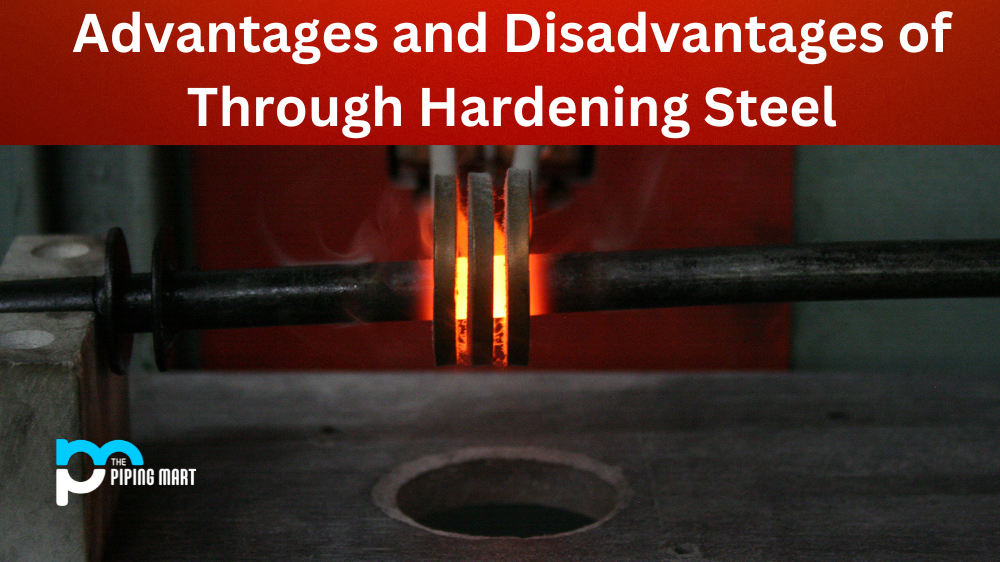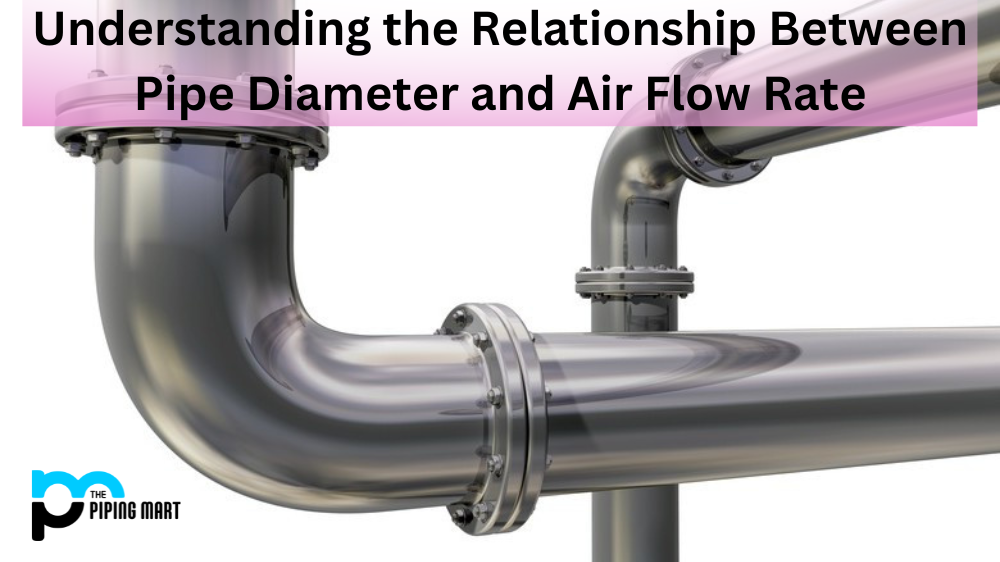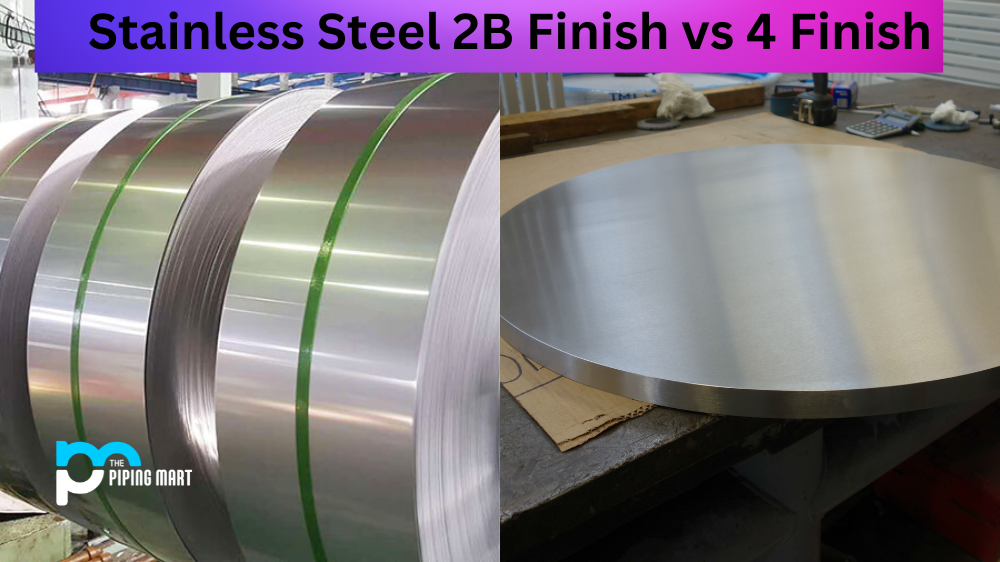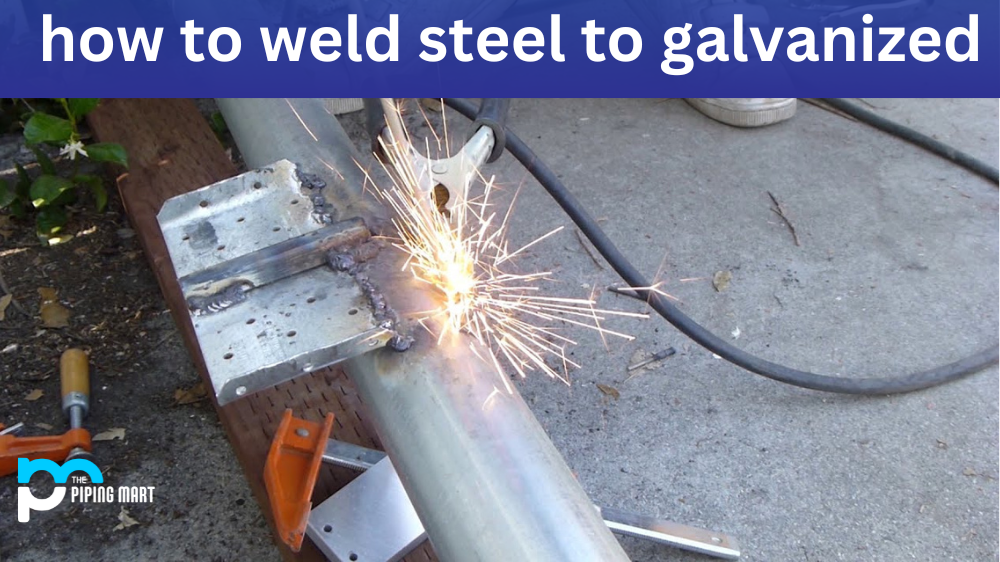Hardening is a heat treatment process that increases the hardness and strength of steel. It is used to improve the wear resistance, fatigue strength, and ductility of steel components. By understanding the advantages and disadvantages of hardening, engineers can make an informed decision about whether or not it is the right choice for their project.
Advantages of Through Hardening Steel
The primary advantage of through-hardening steel is that it increases its hardness and strength while maintaining a good ductility level. This makes it ideal for applications where increased hardness is needed but with minimal loss in ductility. In some cases, hardening can also reduce distortion in part due to reduced stress levels during heat treatment. Additionally, through-hardened parts are less susceptible to surface damage or cracking due to repeated impact or vibration because they have greater wear resistance.
Strength
Through hardening, steel is stronger than other types of steel, making it ideal for applications where high strength is required.
Durability
Through hardening, steel is also more durable than other types of steel, meaning that it will last longer before needing to be replaced.
Corrosion Resistance
Another advantage of through-hardening steel is that it is more resistant to corrosion than other types of steel. This is due to the fact that steel has a harder surface, making it more difficult for corrosion to penetrate.
Wear Resistance
In addition to being more resistant to corrosion through hardening, steel is also more resistant to wear. This means that it will hold up better under repeated use and will not need to be replaced as often.
Heat Resistance
Finally, through hardening, steel is also more resistant to heat than other types of steel. This makes it ideal for applications where high temperatures are a concern, such as in the automotive industry.
Disadvantages of Through Hardening Steel
One disadvantage of through-hardening steel is that it can cause a decrease in corrosion resistance if done incorrectly. Additionally, there are certain alloys which cannot be hardened using this method as they cannot reach high enough temperatures without losing their properties. Finally, if not done properly, hardening can lead to significant material shrinkage, which may cause distortion on the part’s surface or even cracking due to thermal stresses being applied during cooling.
More expensive
One of the primary disadvantages of through-hardening steel is that it is more expensive than other types of steel. This is due to the fact that through hardening, steel must be heated to a higher temperature in order to achieve the desired hardness. Additionally, hardening steel typically requires more time and effort to heat and cool properly, which can also add to the cost.
More difficult to weld
Another disadvantage of through-hardening steel is that it can be more difficult to weld than other types of steel. This is because the high hardness of through-hardening steel can make it challenging to create a strong weld joint. Additionally, through hardening, steel typically has a lower melting point than other types of steel, which can make welding more difficult.
Can become brittle
Another potential downside of through-hardening steel is that it can become brittle if not properly cooled after heating. When steel becomes brittle, it becomes susceptible to breaking or shattering under impact or stress. This can be a major problem for applications where hardening steel will be subject to high levels of stress, such as in construction or automotive applications.
Can distort during cooling
Another potential issue with through-hardening steel is that it can distort during cooling, especially if it is not cooled evenly. This distortion can cause problems with the finished product, as it may not meet the desired specifications. Additionally, uneven cooling can also lead to brittleness, as discussed above.
Requires special heat treatment equipment
Finally, another disadvantage of through-hardening steel is that it requires special heat treatment equipment in order to achieve the desired hardness. This equipment can be expensive and may not be readily available, which can make hardening steel impractical for some applications.
Conclusion:
Hardening is an effective way to increase the hardness and strength of steel components while still maintaining good ductility levels. However, it can lead to a decrease in corrosion resistance if done improperly, as well as potential distortions due to material shrinkage during cooling if not performed correctly. As such, engineers should carefully consider these pros and cons before deciding whether or not this heat treatment process is right for their application needs.
By understanding both sides of the issue and evaluating each based on your project needs, you will be able to make an informed decision about whether or not hardening is suitable for your specific requirements. Despite its potential drawbacks, many industries rely on this process because its benefits outweigh its risks when done properly.

Pipingmart is a B2B portal that specializes in metal, industrial and piping items. Additionally, we share the latest information and information about materials, products and various types of grades to assist businesses that are involved in this business.




